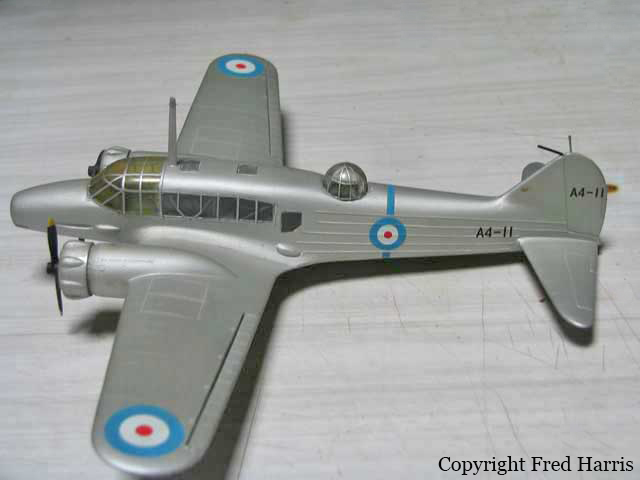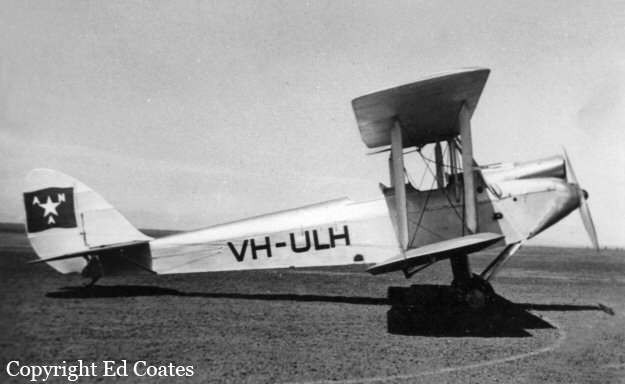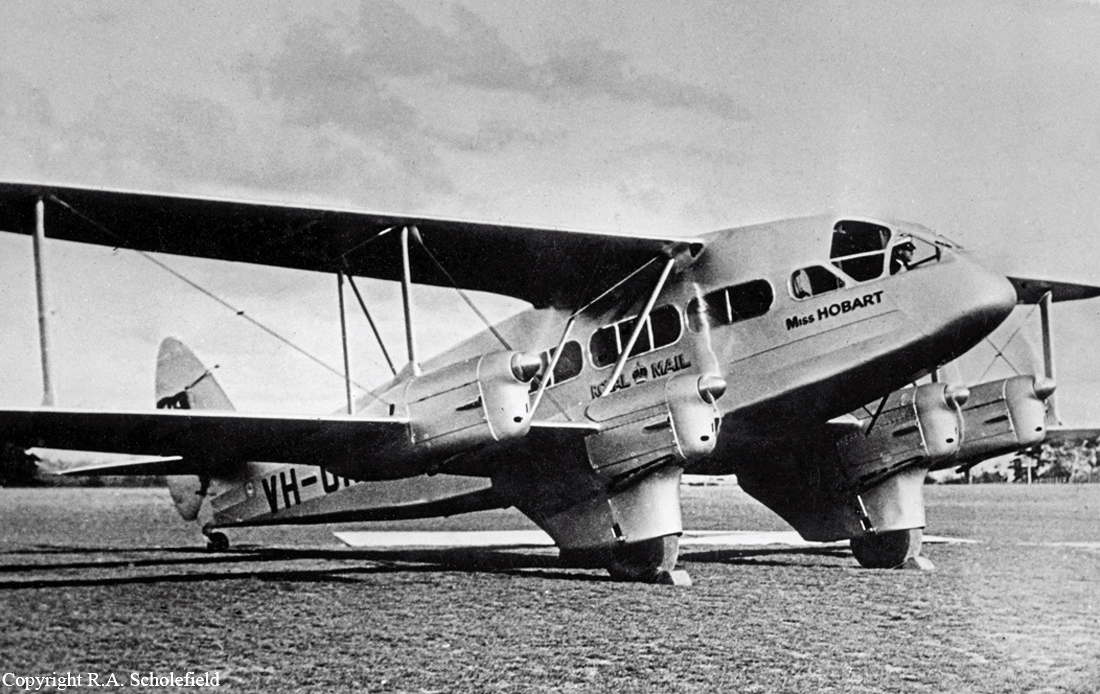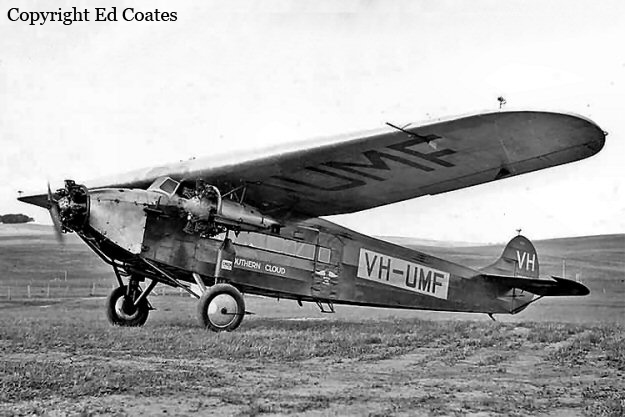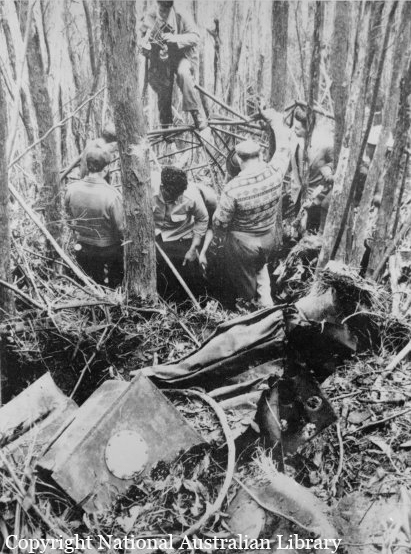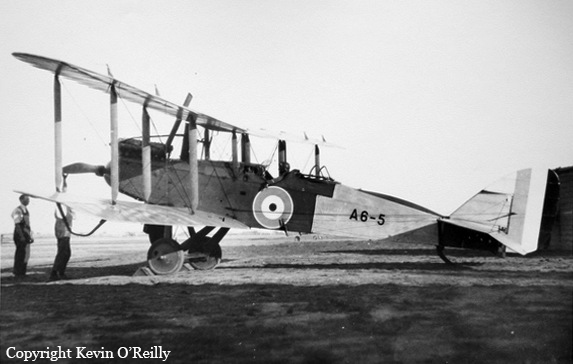Crash of an Avro 652 Anson I off Elwood: 3 killed
Date & Time:
May 2, 1939
Registration:
A4-11
Survivors:
No
Schedule:
Laverton - Laverton
MSN:
977
YOM:
1936
Crew on board:
2
Crew fatalities:
Pax on board:
1
Pax fatalities:
Other fatalities:
Total fatalities:
3
Circumstances:
The crew was performing a training flight following recent modification on the communication systems. While returning to his base at Laverton, the crew encountered poor visibility due to fog and reduced his altitude to maintain a visual contact with the ground when the aircraft impacted the water surface and crashed into the Port Phillip Bay off Elwood, south of Melbourne. All three crew members were killed.
Crew:
P/O Ronald Davies,
Cpl Gordon Peake,
AC1 John Quinn.
Crew:
P/O Ronald Davies,
Cpl Gordon Peake,
AC1 John Quinn.
Probable cause:
Too low approach in foggy conditions.
